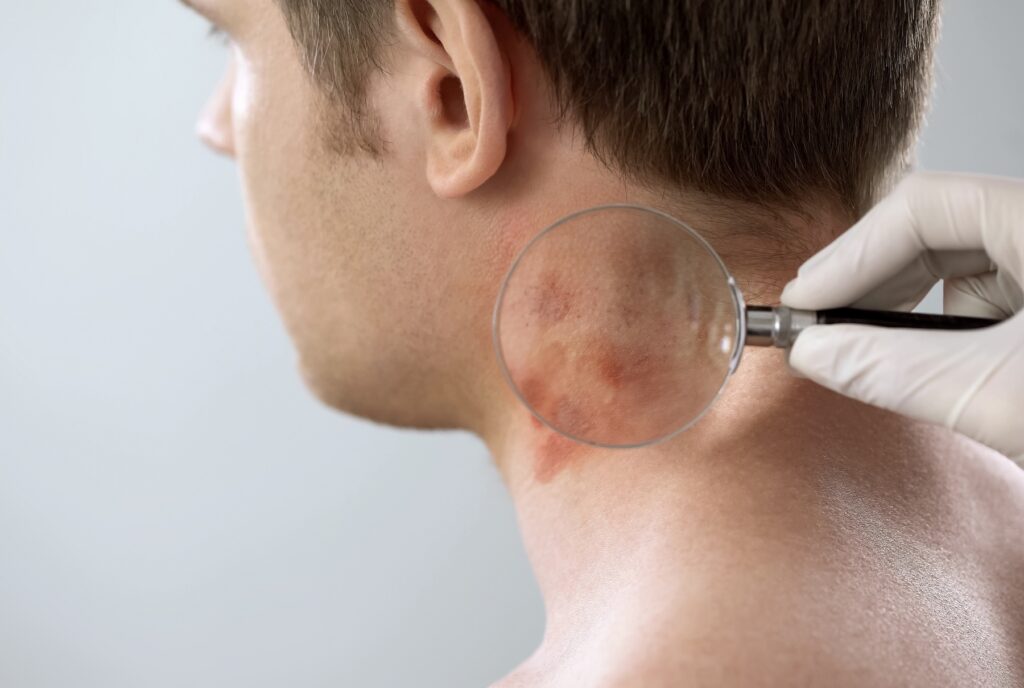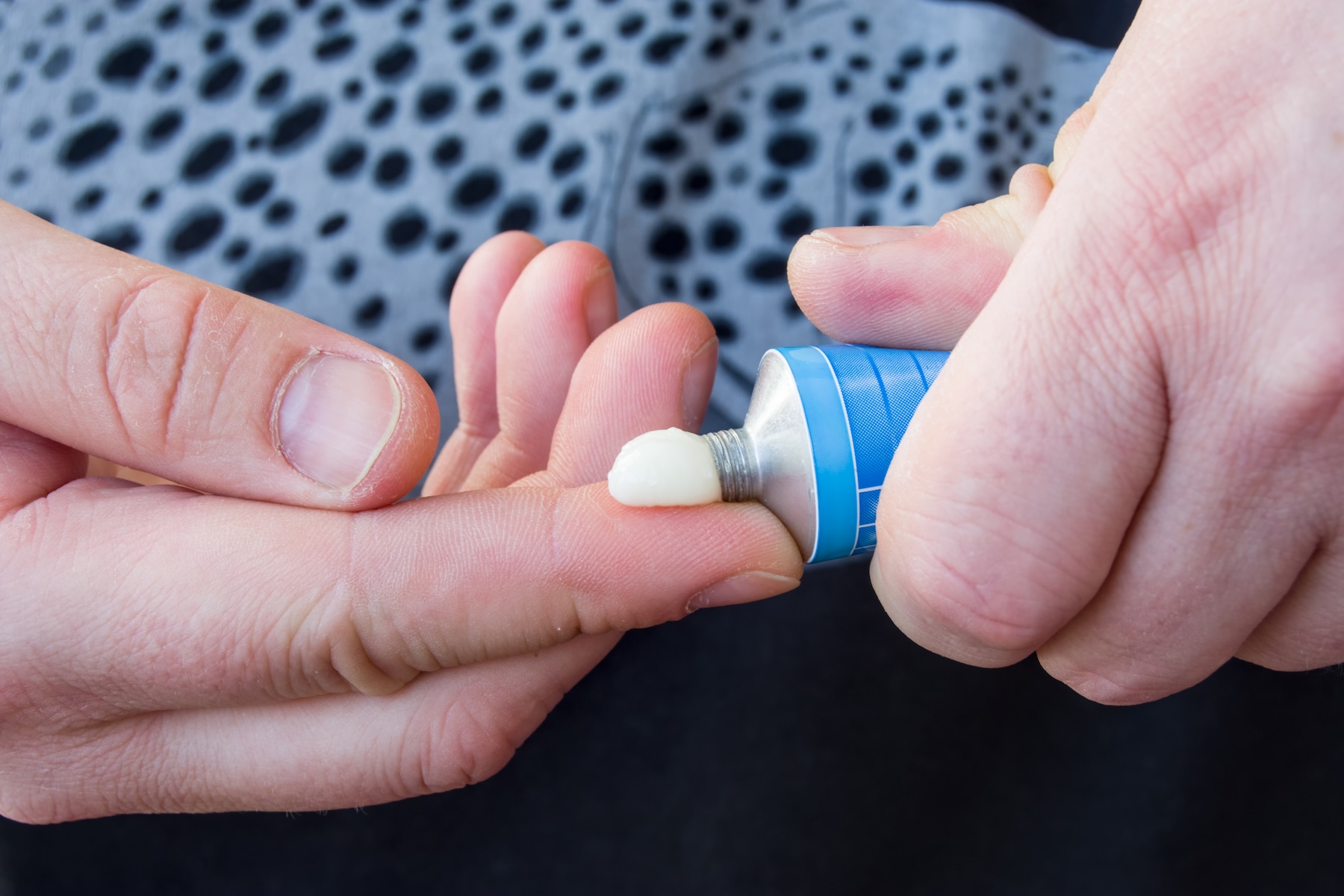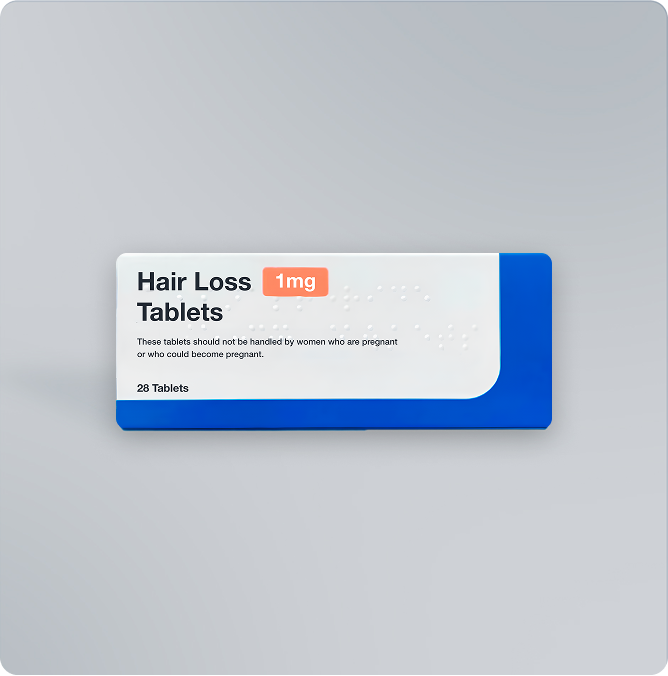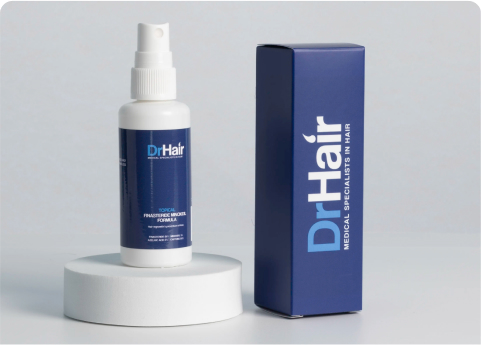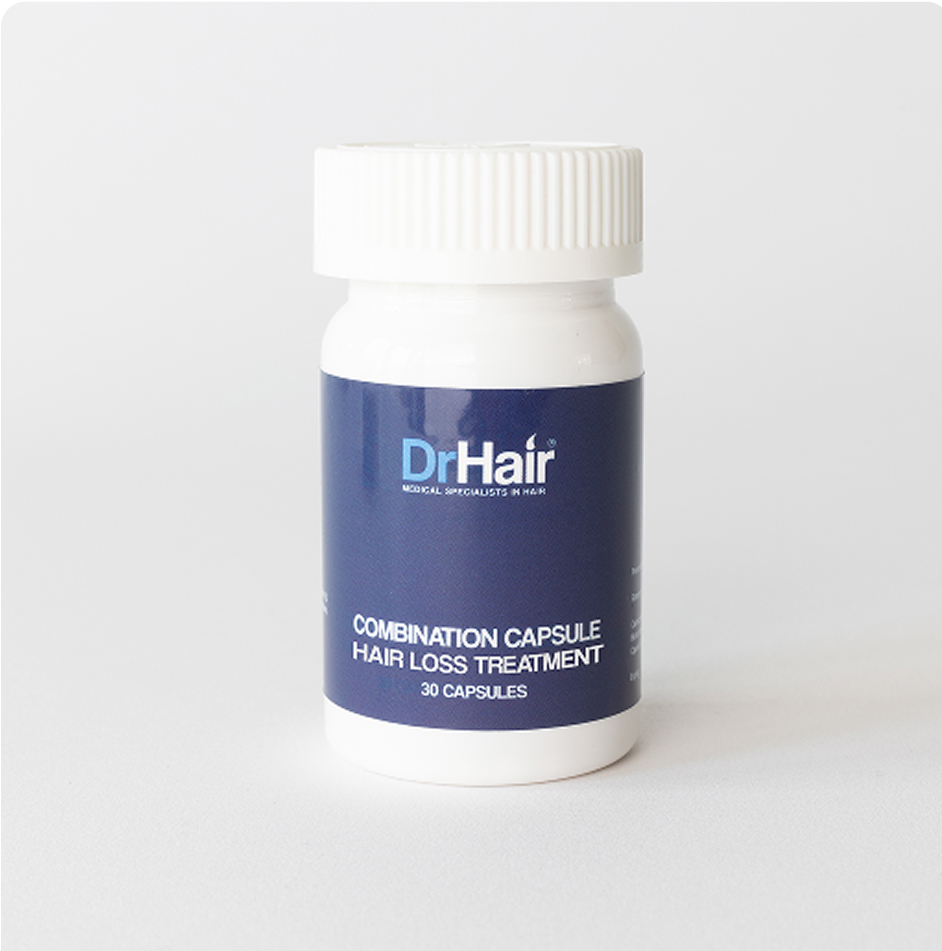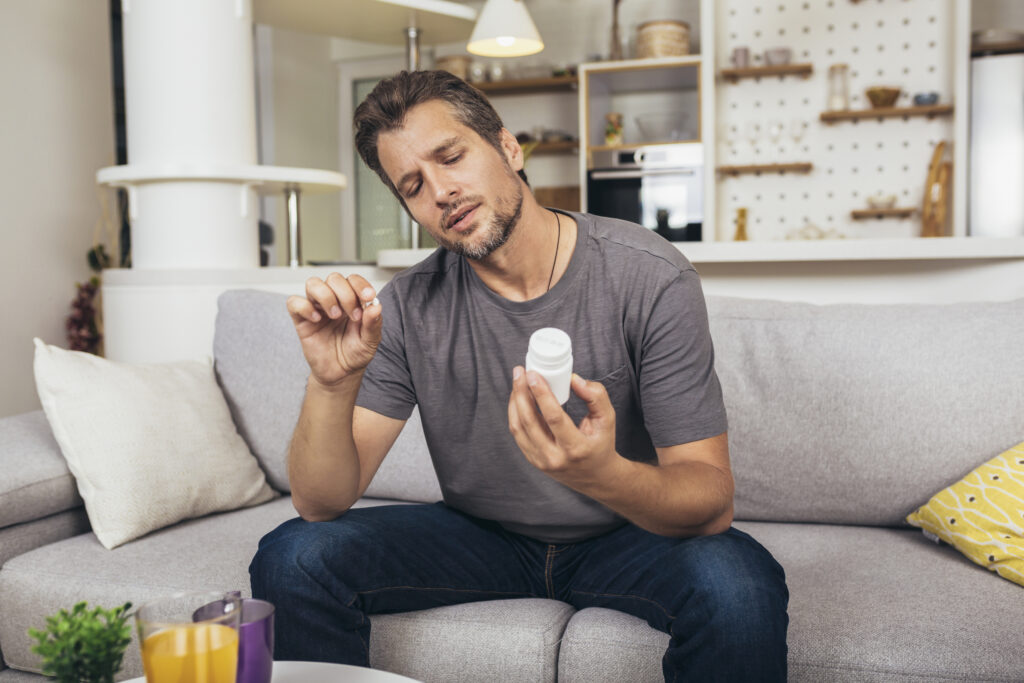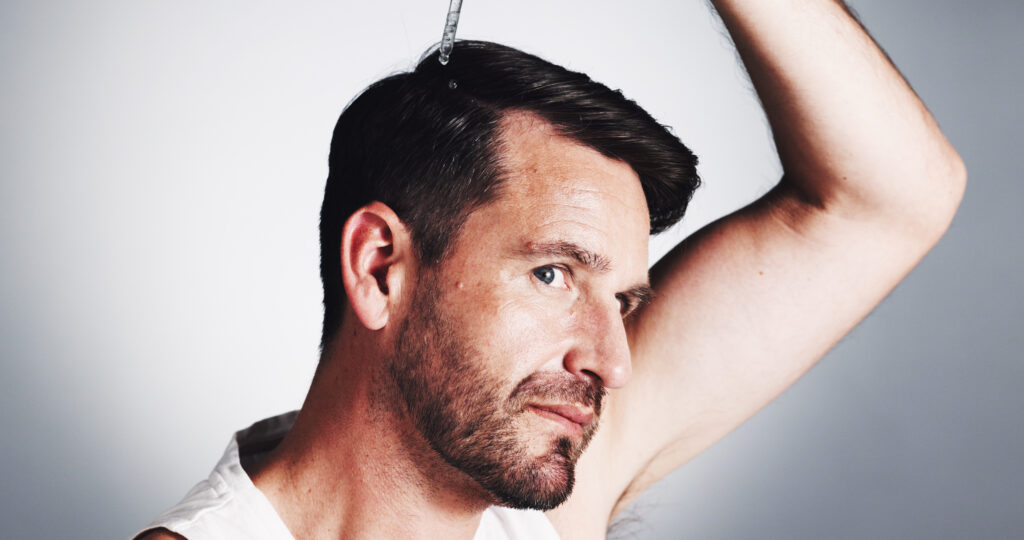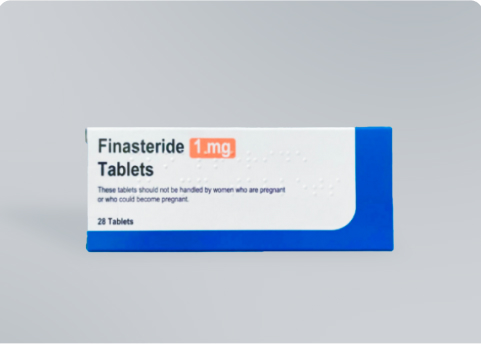Minoxidil is a widely-used hair loss drug with few serious side effects. But in rare cases, minoxidil may cause a rash. The rash looks different for different people, but normally flares up within a few hours of minoxidil application.
While skin irritation is one of the more common side effects of minoxidil, rashes tend to be a sign of an allergic reaction. Read more about how and why rashes occur in minoxidil users, and what to do if you suspect a minoxidil rash.
Table of Contents
Can minoxidil cause a rash?
Yes. While it’s fairly rare and most cases are mild, minoxidil can cause a rash to appear on your skin. The rash is most likely to appear in the area of application, but can also occur elsewhere on the body.
A minoxidil rash can be skin-coloured and bumpy or scaly, or may appear red (on white skin) or purple, dark brown, or grey (on skin of colour). If you’re allergic to minoxidil, you may develop hives (raised, itchy patches that can appear anywhere on the body).
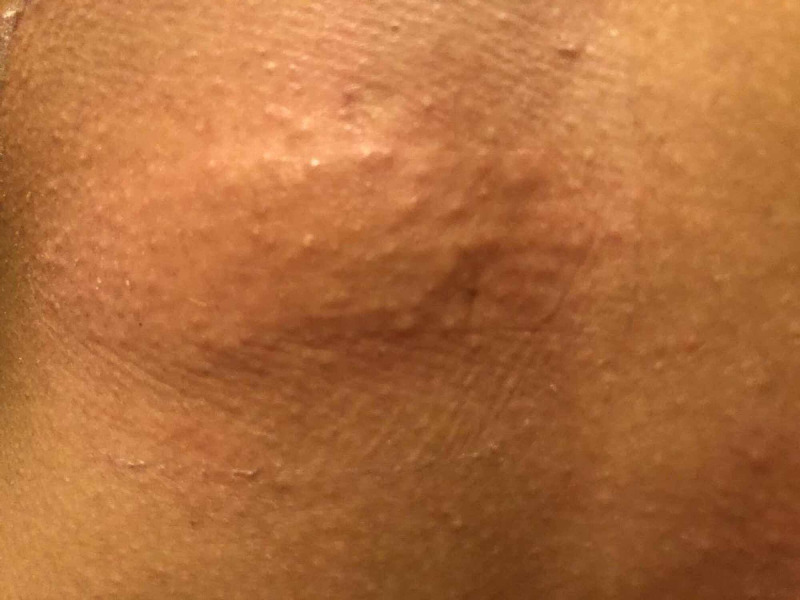
Unlike light skin redness, which is relatively common with minoxidil use, rashes often happen as a result of a reaction called allergic contact dermatitis. That means you may be allergic to minoxidil, or another of the ingredients in the formula. Many people who react to minoxidil formulas are actually allergic to propylene glycol, an ingredient which helps with minoxidil absorption [4].
Does minoxidil cause a rash on your face?
Minoxidil rashes usually appear near the site of application, but they can occur elsewhere. Because the face is near the scalp, you may see a facial rash develop if you’re allergic to minoxidil, particularly if you use minoxidil on your hairline.
You’re more likely to get a facial rash if you use minoxidil directly on your face to stimulate beard growth. So this is a minoxidil side effect for men to be aware of if you’re using minoxidil for your beard.
Does minoxidil cause a rash on your body?
It’s less common for minoxidil to cause a rash elsewhere on your body, but it is possible. Oral minoxidil is more likely to cause rashes on the torso or limbs if you have an allergy.
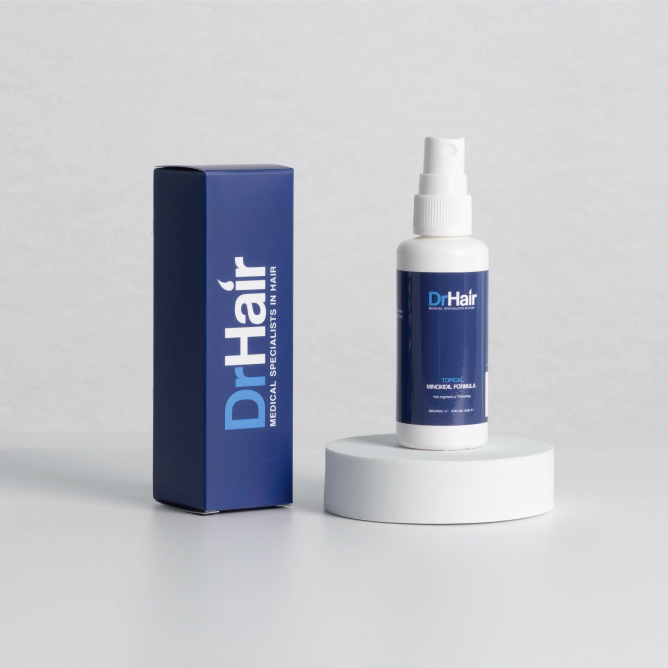
Recommended
Finasteride (1mg) + Minoxidil 5% (60ml)
Inhibit DHT production to halt hair loss and promote hair growth.
Why does minoxidil cause a rash?
In many cases, it’s not actually minoxidil that’s causing your rash. Propylene glycol, an ingredient found in most minoxidil sprays and solutions, is more often the culprit [5].
Propylene glycol isn’t used in minoxidil foam, so this may be a preferable option if your skin is sensitive to propylene glycol.
Does a minoxidil rash go away by itself?
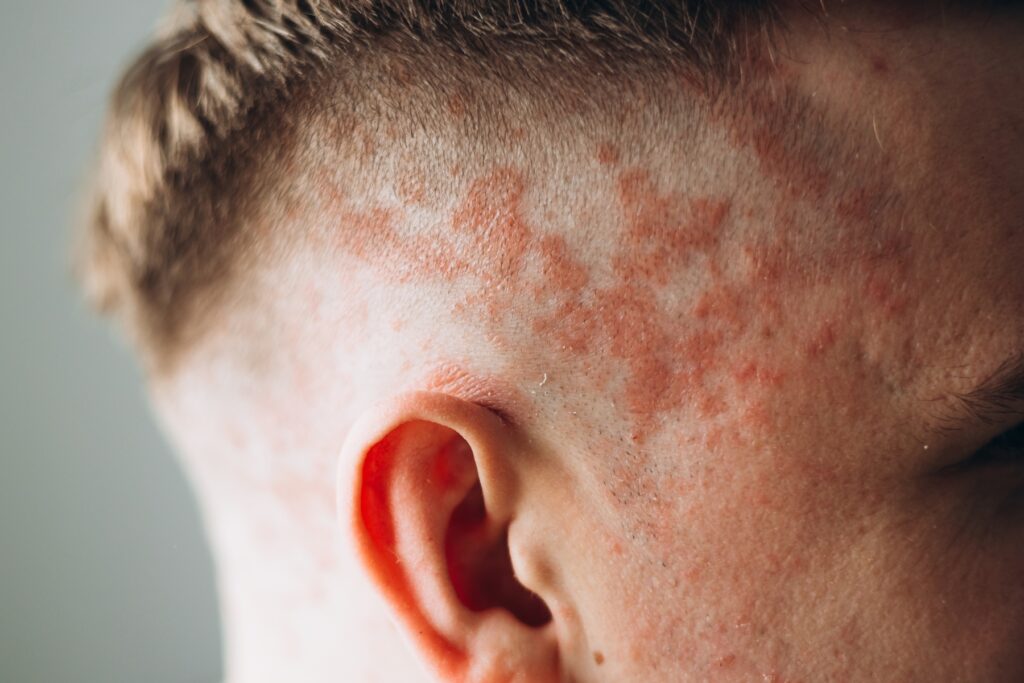
The rash from minoxidil is likely to go away by itself if you stop using the treatment. If you continue using minoxidil, the rash may persist.
Don’t worry if minoxidil isn’t the right treatment for you. Other hair loss treatments such as finasteride may be a better option, and could even give you better results.
Symptoms of a minoxidil rash
Minoxidil rashes aren’t always easy to distinguish from other rashes and skin complaints, especially if you have very sensitive skin. To further complicate matters, the rash can look different on everyone. But there are some telltale symptoms you can look out for:
- A new rash since you started using minoxidil.
- A patch of raised, bumpy, or scaly skin.
- Skin that appears very red (if you have lighter skin).
- Skin that appears purple, dark brown, or even grey (if you have darker skin).
- Itchiness and/or soreness around the rash.
Can you prevent a minoxidil rash?
If you’re sensitive to minoxidil spray, you may be able to prevent a rash by switching to a minoxidil foam. Foam doesn’t contain propylene glycol, which is often responsible for allergic reactions to minoxidil formulas.
However, this isn’t guaranteed. If you’re allergic to the minoxidil itself, or another ingredient within the formula, you’re likely to experience rashes no matter which formulation you use.
Treating minoxidil rashes
If you have an allergy to minoxidil, over-the-counter antihistamines may help reduce itchiness and inflammation. Certain antihistamines are suitable for daily use; check with your pharmacist if you’re unsure.
If your rash is dry and itchy, consider using an emollient cream to help moisturise your skin. Hydrocortisone cream, a steroid, may help in severe cases, but should only be used for a very short period. Try to avoid scratching your skin as this can make it worse.
If necessary, you could reduce how often you use minoxidil, or switch to a lower concentration to reduce the severity of your reaction.
What to do if your minoxidil rash persists
If your rash persists even after you stop using minoxidil, or you’re concerned about how it’s developing, speak to your GP. They can advise you on the best treatment for your minoxidil rash and prevent it worsening or becoming infected.
Get the best licensed hair loss treatments from DrHair
DrHair’s 5% minoxidil formula is proven to reduce hair loss and stimulate regrowth. With twice-daily application, you can see results in as little as 3 months.
If you’re worried about developing a rash or you have a known allergy to minoxidil products, book an online consultation with our team to discuss other effective hair loss treatments. They can suggest ways to regrow your hair with minimal adverse effects.
FAQs
Learn more about minoxidil rashes and other treatment side effects in these FAQs.
It depends on the severity of the irritation. If you have extremely sore, inflamed skin, it’s best to stop using minoxidil. But if you have mild redness or slight itchiness, you may be able to continue using it. Mild side effects may settle and subside on their own within a few weeks.
Minoxidil is very unlikely to cause significant skin damage. While there are some anecdotal reports of increased signs of facial ageing following minoxidil use, there’s no scientific evidence to substantiate these claims.
Allergic reactions can manifest with a variety of symptoms of varying severity. Mild allergies may result in:
- A rash or hives
- Itchy skin
- Scaling on the skin
In very rare cases, anaphylaxis can occur in response to minoxidil application. This can be life-threatening, so if you experience swelling in the face, mouth, or throat, difficulty breathing, or chest pain, seek immediate medical attention.
Yes, oral minoxidil can cause a rash, though it’s one of the less common side effects of this treatment [6].


